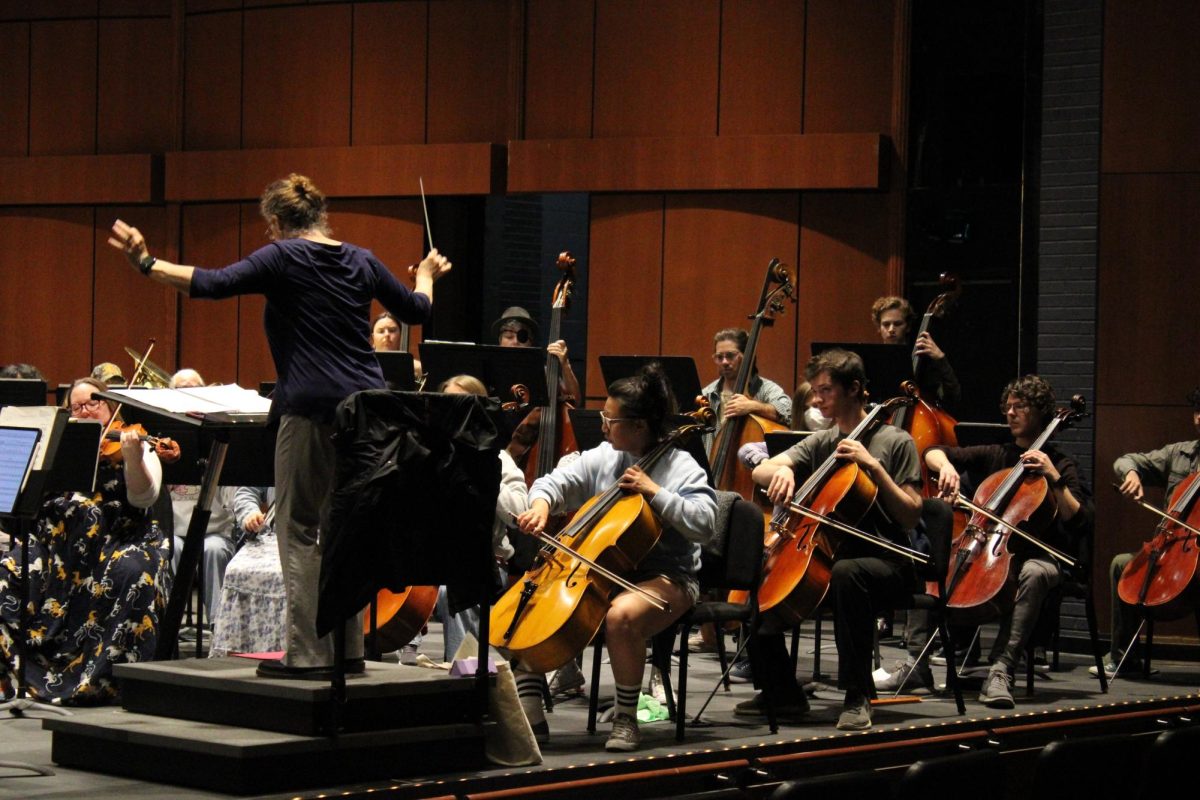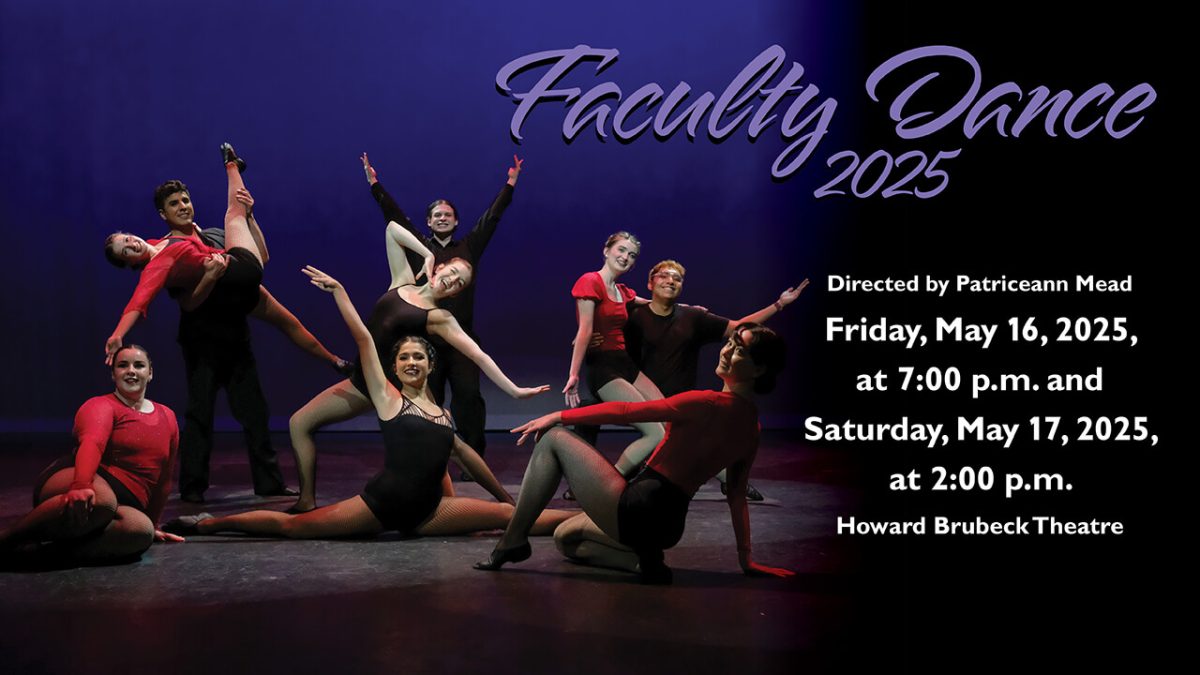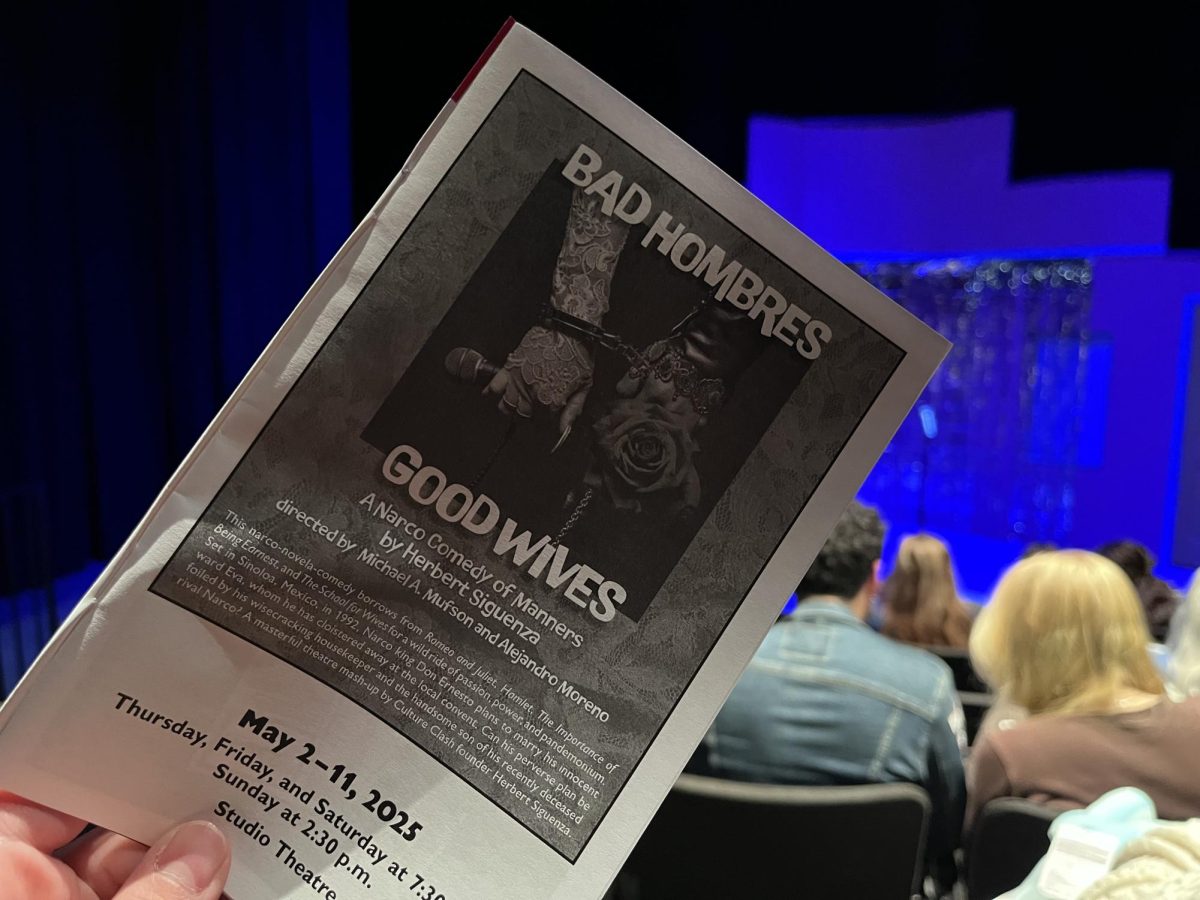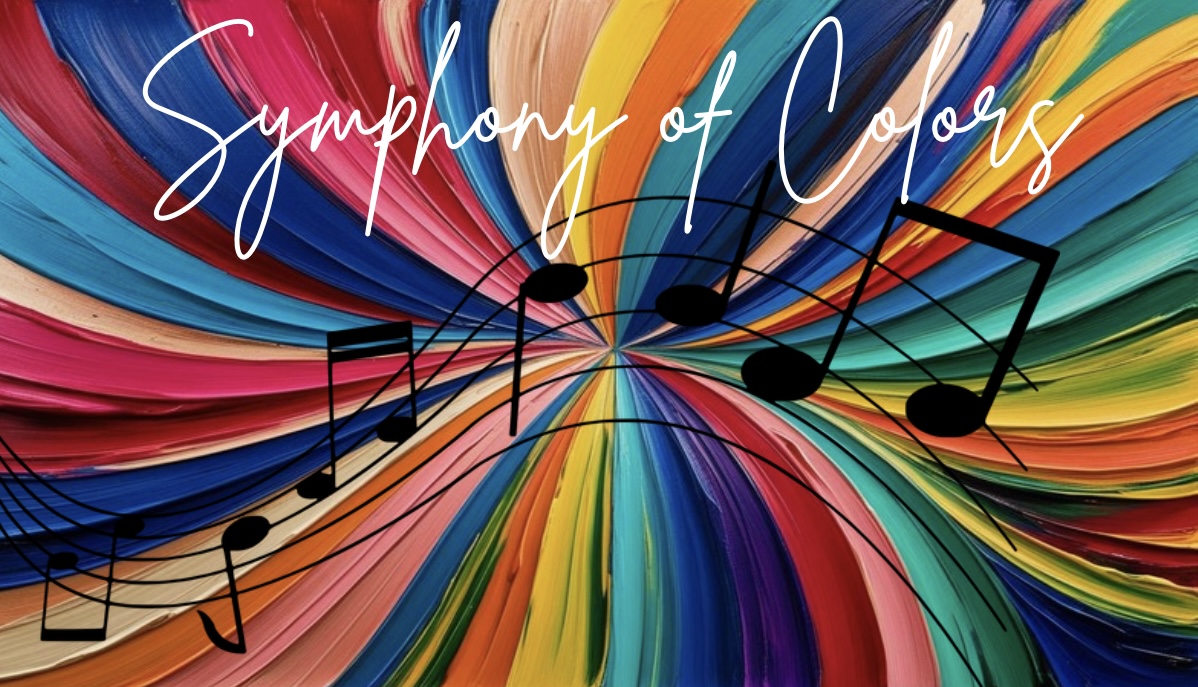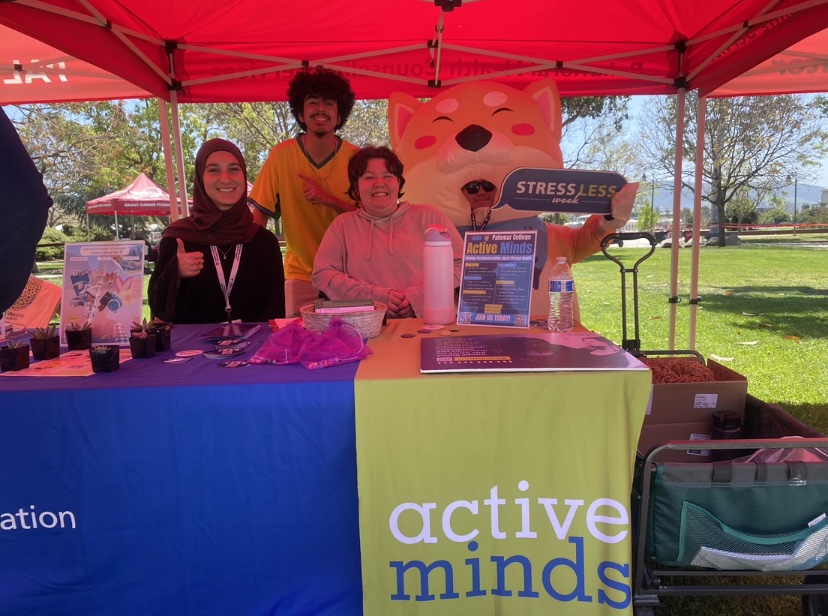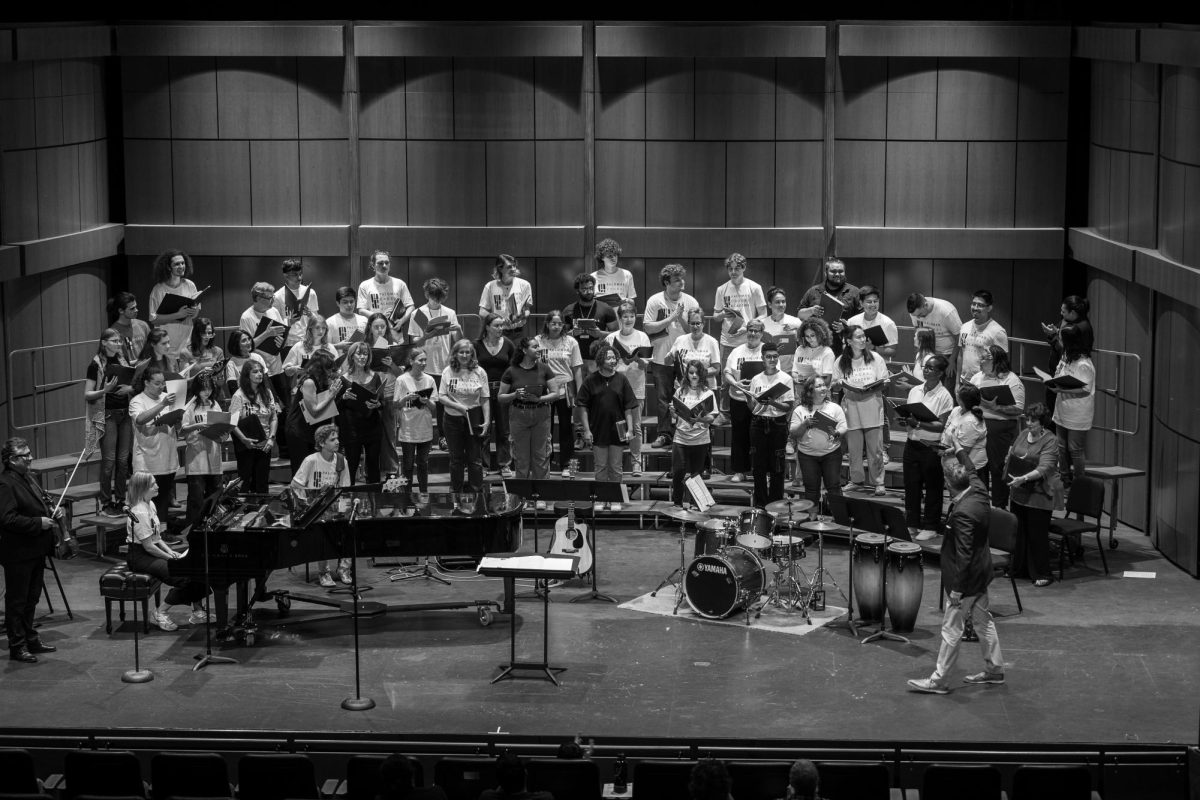SAN MARCOS — With a program that spans from 20th-century minimalism to iconic symphonic classics, the Palomar Symphony Orchestra explores the many dimensions of rhythm in its latest performance.
Directed by Ellen Weller, the orchestra will take the stage on May 10 at 7 p.m. in the Howard Brubeck Theatre for “Art That Positively Vibrates.” Weller aims to inspire hope in audiences as the program promises a lineup with energy and rhythm at the forefront.
“In some way, rhythm itself is a really primal form of energy — of human energy,” Weller said. “Rhythm is a community-based energy as well. So the pieces on this concert have to do with different types and levels of that kind of energy.”
The program opens with Kurt Weill’s “Violin Concerto,” which celebrates its 100th anniversary this year. Written in 1925 during Germany’s Weimar era, the piece features driving rhythms and a technically demanding solo part, which will be played by Concertmaster Ondrej Lewit.
“It’s very challenging, and it really shows off the woodwind section quite nicely. You will hear a virtuoso, unbelievable violin part that is full of almost manic energy,” Weller said of the piece.
Transitioning from the historical edge of the Weill concerto, the program moves into the late 20th century with John Adams’ “Short Ride in a Fast Machine.” The composition was inspired by a ride Adams took in a friend’s Italian race car. Often described as a hallmark of American minimalism, the piece is known for its rhythmic drive and disorienting time shifts.
“If we’re talking about energy and motion, this is the most incredible five minutes of music probably ever written,” Weller said. “There’s all this energy energy, and then the trumpets and the horns are just floating above this energized kind of representation of earth being busy, but there’s this whole cosmos that’s really just kind of floating out there while we’re busy doing our stuff.”

Beethoven’s “Fifth Symphony,” one of the most recognizable works in classical music, closes out the program with a dramatic arc from tension to resolution.
“The reason I chose Beethoven’s ‘Fifth Symphony’ it is so iconic — dun dun dun dun — that’s all you have to play. And everybody knows exactly what piece we’re talking about,” Weller said.
Weller described the piece as a powerful example of musical momentum, where each movement builds on those familiar notes to create a recurring idea in both obvious and subtle ways. By closing with Beethoven, the program reveals a shared sense of rhythmic propulsion across the eras, even in music that’s abstract or centuries old.
While the music showcases momentum and precision, the process of building that performance with a supportive student ensemble is just as meaningful.
“My favorite part about the orchestra is the culture of support that students have for each other. That’s priceless,” Weller said. “It’s the best seat in the house is to be able to see that come together every semester.”
As the orchestra comes together to bring these complex pieces to life, Weller hopes the emotional impact extends beyond the stage.
“I hope they leave with the feeling that anything is possible and emotionally, that no matter how complex, right, that there’s still this feeling of being able to go out and feel uplifted,” Weller said. “Beethoven definitely gives us that, and that kind of happy ending where we just feel we can go out and do anything — we can accomplish anything together.”
With rhythm as both the program’s foundation and metaphor, “Art That Positively Vibrates” aims to leave audiences energized, inspired, and connected. For more information and tickets, visit the Palomar Performing Arts website.

